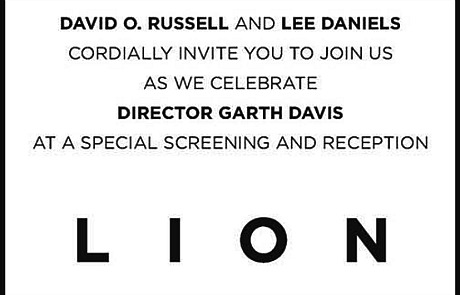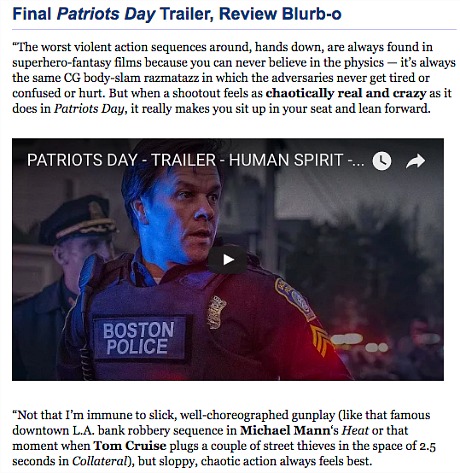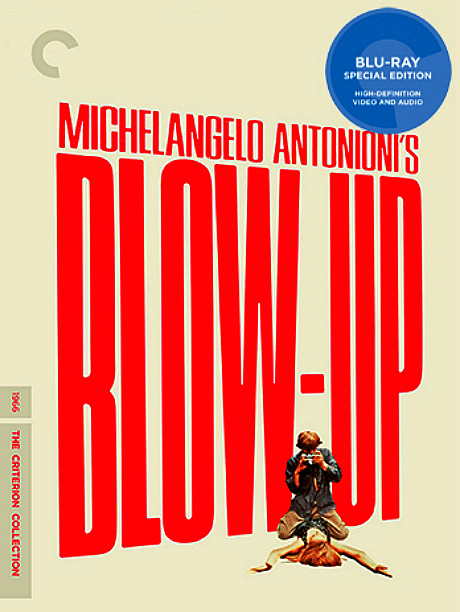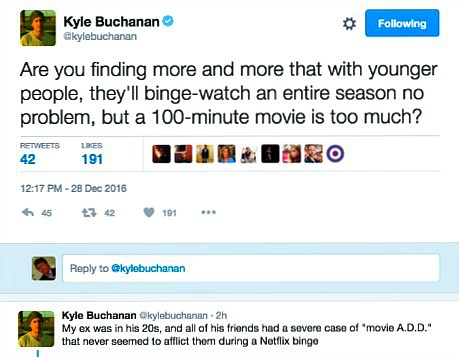Hidden Figures‘ Kevin Costner speaking with Variety‘s Kris Tapley about Dances With Wolves:
“There was an undertone out there that was ugly. It was ‘Kevin’s Gate,’ like, ‘What’s he doing out there? This movie is a disaster.’ I didn’t know where that had come from. I know this: I had to turn down The Hunt for Red October because I had promised I would do Dances, and some people thought me saying no to Hunt for Red October was [because] I needed more money.
“It wasn’t more money. I had already postponed Dances for a year and I wasn’t going to do it now. I had all my things in place. In fact, if anything, it caused me a lot of pain because there was more money offered on Hunt for Red October than I had ever seen in my life. So I was doing the dumb thing. I was putting up my money and leaving behind the biggest check I had ever seen.”
When Dances won Best Picture along with six other Oscars, “It was like ‘I got my money back!,” Costner recalls. “I got my house back!’”







